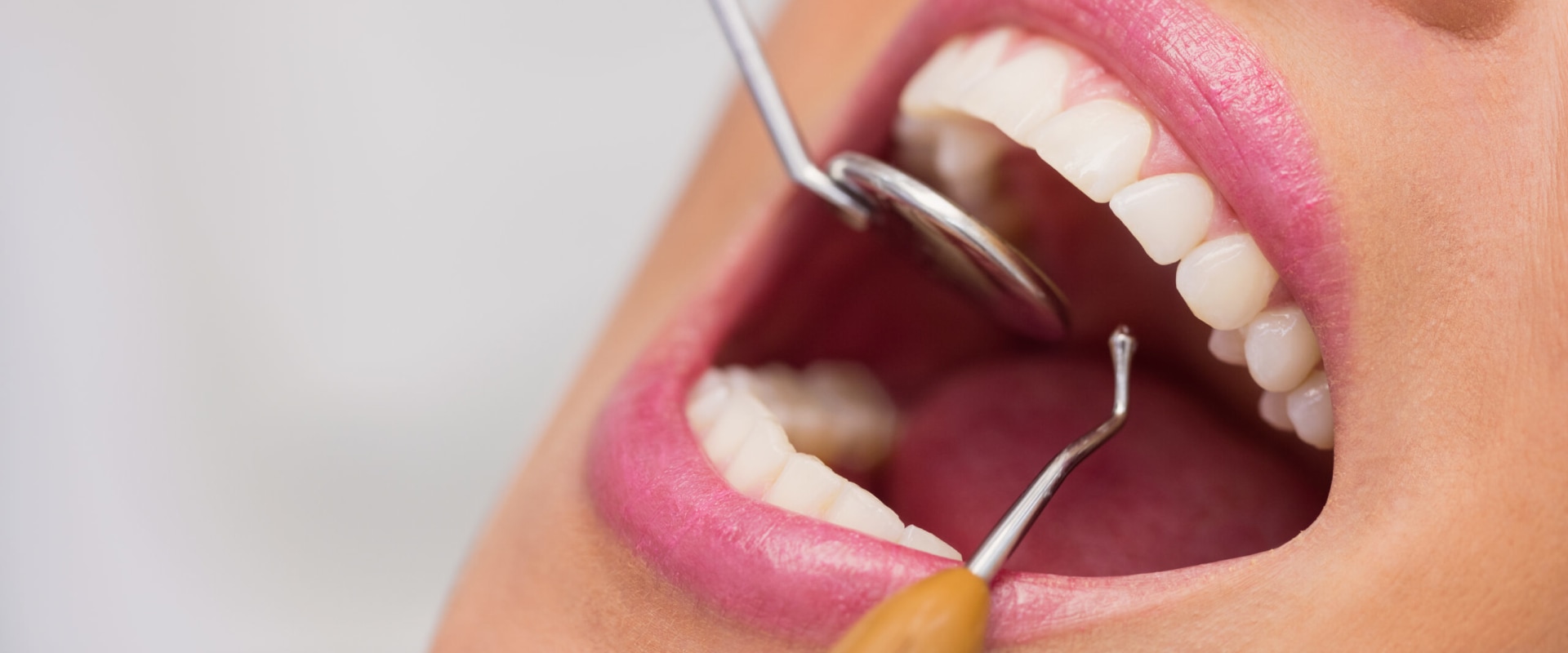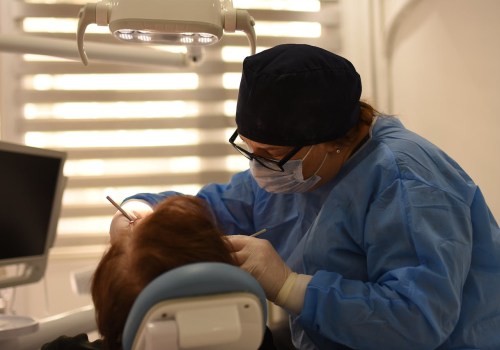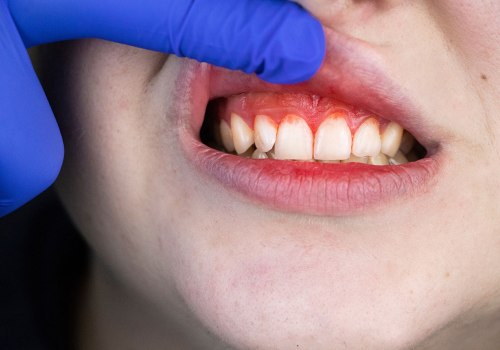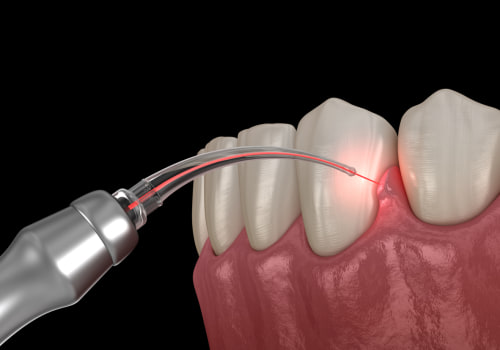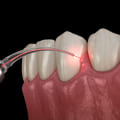Next, we take a look at some of the most common periodontal treatments and procedures, non-surgical periodontal treatment. Not all periodontal treatments involve surgery of some kind. One of the symptoms of periodontal disease is gum recession, which can expose tooth roots and trap bacteria below the gum line. Gum graft surgery (gingival grafting) is used to replace lost gingival tissue in cases of moderate to severe gingival recession.
Advanced gum disease attacks the bones and soft tissues that support teeth and gums. Once the gums begin to separate from the tooth, pockets form that can trap bacteria and increase the risk of infections and other oral health problems. Pocket reduction procedures remove plaque or tartar and close the pouch so that the gums and teeth come back together firmly. Scraping and root smoothing is a non-invasive method to reduce gum infection by thoroughly cleaning the periodontal pocket. Basically, the dentist lifts the gums and sticks his hand inside the gum lines to remove tartar and bacterial toxins.
After that, they will apply antibiotics to leave the gums smooth and disinfected. Most patients only need to scrape and smooth the roots to reverse the symptoms of simple gum diseases, such as gingivitis. However, if symptoms persist, the patient needs maintenance therapy or other periodontal procedures. Gum graft surgery is a process that involves covering the exposed root of the tooth with soft tissue. Gum tissue usually comes from the patient's palate.
As a result, the gum lines become even and the patient achieves healthier teeth. An innovation that emerged from conventional scraping and root smoothing therapy is laser-assisted periodontal treatment. This technology uses a pointed laser hand tool that dentists use to remove diseased tissues that cause gum infection. Its precision provides painless treatment and quick healing for the patient. One of the causes of serious gum infection is bone damage.
At this stage, a simple periodontal process can no longer reverse the problem. However, with the regeneration procedure, you can still save the bone and the affected tooth. Treatment involves the use of tissue-stimulating proteins to naturally restore bone and tissue health. A gummy smile is a dental condition in which the gums overlap the teeth, making them appear smaller. To correct this, the dentist lengthens the dental crown. The procedure involves removing excess parts of the gum tissues to expose more teeth.
Usually, patients come to such a procedure to get a cosmetic solution. Sometimes dentists do this to restore a decayed part of the tooth that is blocked by the gums. Normally, the gums should be snug around the teeth to keep them in a firm position. However, due to the accumulation of bacteria, the gum pockets begin to loosen and eventually expose more of the tooth below the gum line. To avoid this, the dentist performs a reduction in the bag to clean under the gums and reposition it correctly.
Serious gum disease can lead to tooth loss. One way to restore a fully functional prosthetic tooth is by placing dental implants and a crown. Dental implants are screw-shaped posts made of metal. It is deeply attached to the jaw to provide a solid base for the new tooth. It needs an incision in the gums before accessing the bones and then it closes the gums completely.
This process allows time to fuse the post with bone and tissue. A periodontist is a specialist in diagnosing and treating periodontal disease. Periodontists examine your gums during regular dental exams and cleanings, preventing gum disease from developing. In addition, periodontics in Houston, TX includes using modern techniques and technologies for effectively diagnosing and treating gum disease. Depending on your symptoms, your medical history, and your dentist's preliminary exam results, there are several periodontal procedures performed by a dentist or periodontist.
After dental school, periodontists receive up to three additional years of specialized training in surgical and non-surgical periodontal procedures for treating gum disease. When you come in for a gum problem, your dentist or periodontist initially performs a periodontal exam. With cleanings, your dentist can help you prevent gum disease but a periodontist can take prevention one step further with specialized treatments for preventing or treating periodontal disease. Gum disease can also cause cosmetic damage to your smile so a periodontist can also make cosmetic improvements once oral health issues have been resolved.
